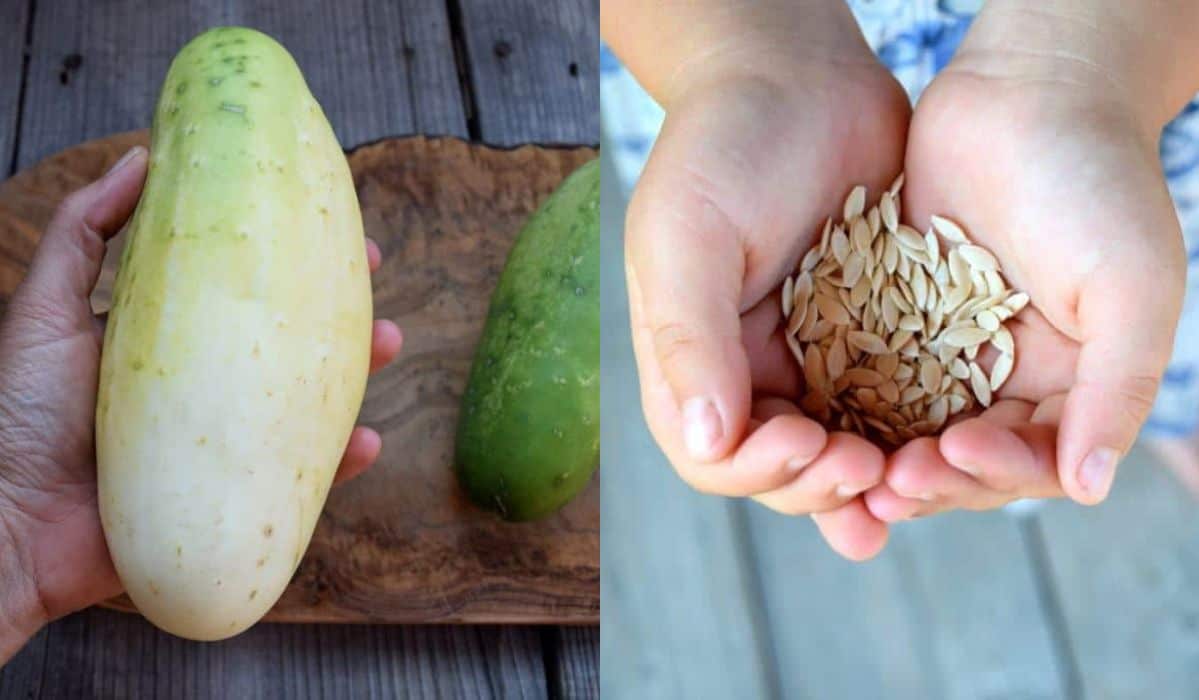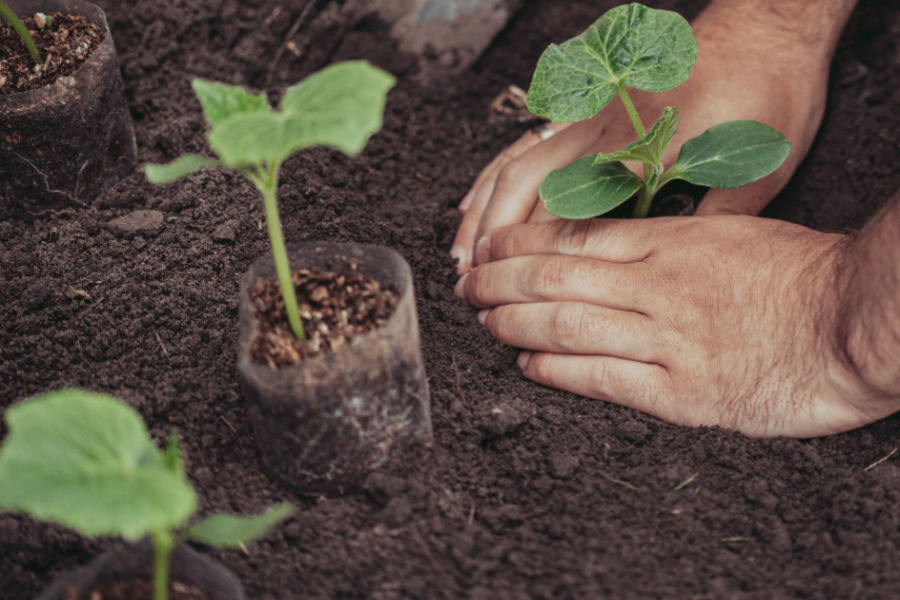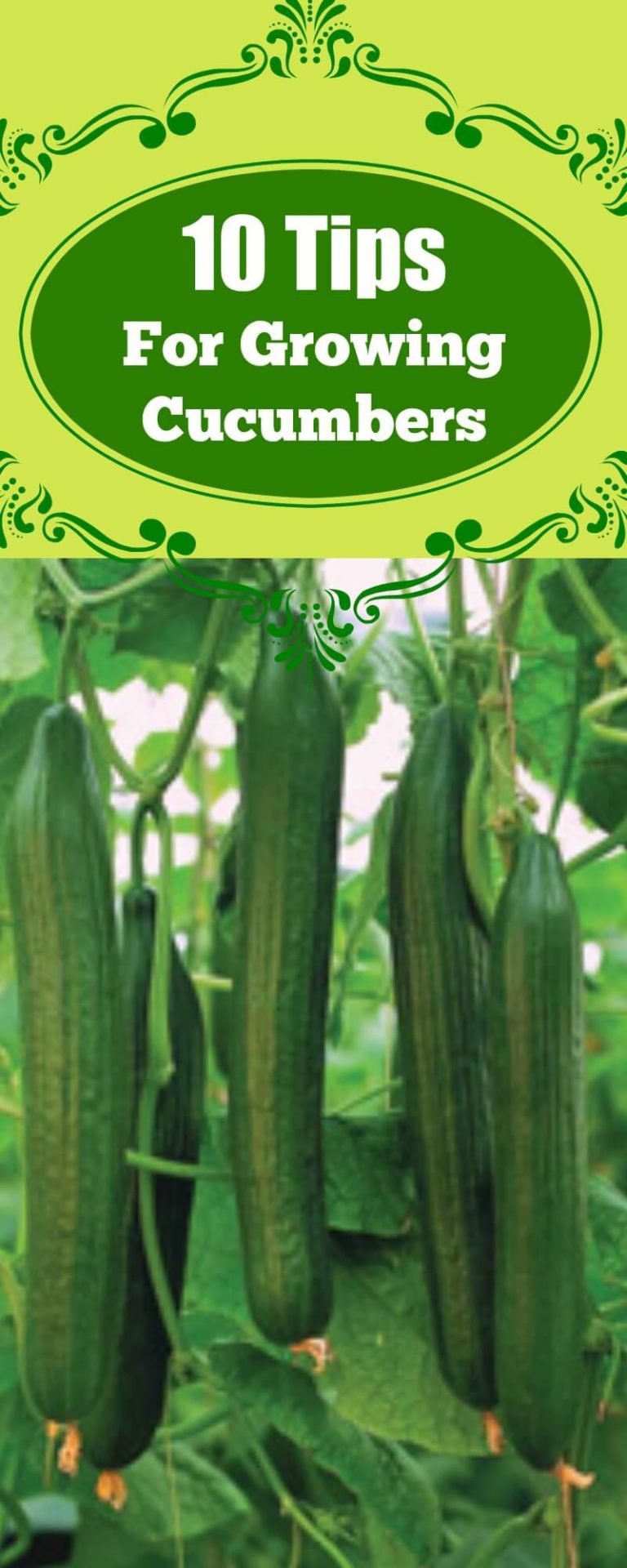Preparing the Perfect Soil for Cucumber Seeds
When it comes to planting cucumber seeds, one of the most critical factors to consider is the quality of the soil. Cucumbers require a well-draining, fertile soil with a pH between 6.0 and 7.0 to germinate and grow optimally. To achieve this, it’s essential to test the soil pH and nutrient levels before planting.
A soil test will help determine the pH level and nutrient content of the soil, allowing for necessary amendments to be made. Based on the test results, add organic matter such as compost or well-rotted manure to adjust the pH and improve soil structure. Additionally, incorporate a balanced fertilizer to provide essential nutrients for cucumber growth.
For optimal cucumber growth, the soil should have a mix of sand, silt, and clay. A general-purpose potting mix or a mix specifically designed for vegetables can be used. If the soil is heavy clay or sandy, amend it with organic matter to improve its structure.
When preparing the soil for cucumber seeds, it’s also crucial to consider the soil’s moisture content. Cucumbers require consistent moisture, especially during the germination phase. Ensure the soil is moist but not waterlogged, as this can lead to poor germination and root rot.
By taking the time to prepare the perfect soil for cucumber seeds, gardeners can set themselves up for success and enjoy a bountiful harvest. Whether you’re a seasoned gardener or just starting out, understanding the importance of soil quality is key to growing healthy and productive cucumber plants.
Choosing the Right Cucumber Variety for Your Climate
With numerous cucumber varieties available, selecting the right one for your climate, available space, and desired harvest period is crucial for a successful crop. Cucumber varieties can be broadly classified into several categories, including slicing, pickling, English, and specialty varieties.
Slicing cucumbers are the most commonly grown variety and are ideal for fresh eating. They are typically longer and more cylindrical in shape, with a dark green skin. Popular slicing varieties include ‘Straight Eight’, ‘Marketmore’, and ‘Dill Pickling’.
Pickling cucumbers, on the other hand, are specifically bred for their ability to be preserved in a brine solution. They are usually shorter and more rounded in shape, with a lighter green skin. ‘Dill Pickling’ and ‘Sour Pickling’ are popular varieties for pickling.
English cucumbers, also known as hothouse cucumbers, are a type of slicing cucumber that is grown in greenhouses. They are typically longer and more slender than other slicing varieties, with a thinner skin. English cucumbers are ideal for fresh eating and are often used in salads and sandwiches.
Specialty varieties, such as ‘Lemon’ and ‘Armenian’, offer unique characteristics and flavors. ‘Lemon’ cucumbers are small and round, with a bright yellow skin and a sweet, tangy flavor. ‘Armenian’ cucumbers are long and slender, with a dark green skin and a sweet, slightly nutty flavor.
When selecting a cucumber variety, consider factors such as climate, available space, and desired harvest period. In cooler climates, choose varieties that mature quickly, such as ‘Straight Eight’ or ‘Marketmore’. In warmer climates, choose varieties that are resistant to heat and humidity, such as ‘Dill Pickling’ or ‘Sour Pickling’.
By choosing the right cucumber variety for your specific needs, you can ensure a bountiful harvest and enjoy the many benefits of homegrown cucumbers.
How to Sow Cucumber Seeds for Maximum Germination
Sowing cucumber seeds requires attention to detail to ensure maximum germination and healthy seedling growth. To start, choose a location with full sun and well-draining soil. Cucumbers prefer a slightly acidic to neutral soil pH, ranging from 6.0 to 7.0.
Before sowing, prepare the soil by loosening it to a depth of 12 inches. Remove any debris, rocks, or weeds that could interfere with seed germination or seedling growth. If your soil is heavy clay or sandy, mix in organic matter such as compost or well-rotted manure to improve its structure.
Sow cucumber seeds 1 inch deep and 6-8 inches apart in rows that are 3-4 feet apart. You can also sow seeds in hills, with 3-4 seeds per hill, and then thin to the strongest seedling. Water the soil gently but thoroughly after sowing.
The optimal temperature for cucumber seed germination is between 70-85°F (21-29°C). Keep the soil consistently moist during the germination period, which typically takes 7-10 days. Avoid overwatering, which can lead to poor germination and seed rot.
Once the seeds have germinated, provide support for the seedlings as they grow. Cucumbers are climbing plants and need a trellis or other support to grow vertically. You can also use a cucumber cage or a teepee made from stakes and twine to provide support.
Proper seed placement and soil moisture are critical for successful cucumber seed germination. By following these steps and providing optimal growing conditions, you can ensure a healthy and productive cucumber crop.
Providing Optimal Conditions for Cucumber Seedlings
Cucumber seedlings require optimal conditions to grow and thrive. Adequate light, temperature, and watering are essential for healthy seedling growth. Cucumbers need full sun to produce well, so ensure they receive at least 6 hours of direct sunlight per day.
The ideal temperature for cucumber seedlings is between 65-75°F (18-24°C). Avoid placing seedlings near heating vents or drafty windows, as this can cause temperature fluctuations. Keep the soil consistently moist, but not waterlogged, to prevent root rot and other problems.
As cucumber seedlings grow, they need support to climb and spread. Provide a trellis or other support system, such as a cucumber cage or a teepee made from stakes and twine, to keep the seedlings upright and promote healthy growth.
Keep the area around the seedlings weed-free to prevent competition for water and nutrients. Use a mulch or other weed barrier to suppress weeds and retain moisture in the soil.
Common pests and diseases that can affect cucumber seedlings include aphids, whiteflies, and powdery mildew. Use organic or integrated pest management (IPM) methods to control these problems, such as introducing beneficial insects or using neem oil.
Monitor the seedlings regularly for signs of stress or disease, and take action promptly to prevent problems from spreading. By providing optimal conditions and taking preventative measures, you can help your cucumber seedlings grow strong and healthy.
Thinning and Transplanting Cucumber Seedlings
As cucumber seedlings grow, they need to be thinned to prevent overcrowding and promote healthy growth. Thinning involves removing weaker seedlings to allow the stronger ones to receive more light, water, and nutrients.
To thin cucumber seedlings, wait until they have 2-3 sets of leaves. Then, carefully remove the weaker seedlings at soil level, using scissors or a small tool. Leave the strongest seedlings about 6-8 inches apart.
Once the seedlings have been thinned, they can be transplanted into larger containers or directly into the garden. When transplanting, handle the seedlings carefully to avoid damaging their roots. Dig a hole that is slightly larger than the container, and gently place the seedling in the hole. Water well and provide support if necessary.
Transplanting cucumber seedlings into larger containers can help them grow stronger and more robust. Use a container that is at least 6-8 inches deep and has good drainage holes. Fill the container with a well-draining potting mix, and water thoroughly after transplanting.
When transplanting cucumber seedlings directly into the garden, choose a location that receives full sun and has well-draining soil. Dig a hole that is slightly larger than the container, and gently place the seedling in the hole. Water well and provide support if necessary.
After transplanting, keep the soil consistently moist and provide support for the seedlings as they grow. Cucumbers are climbing plants and need a trellis or other support system to grow vertically.
Common Mistakes to Avoid When Planting Cucumber Seeds
When planting cucumber seeds, there are several common mistakes to avoid to ensure a successful harvest. One of the most common mistakes is overwatering, which can lead to root rot and other problems. Make sure to water the soil gently but thoroughly after sowing, and avoid getting water on the leaves or crown of the plant.
Underwatering is another common mistake that can lead to poor germination and weak seedlings. Keep the soil consistently moist during the germination period, and avoid letting it dry out completely.
Inadequate soil preparation is another mistake to avoid. Cucumbers require well-draining, fertile soil with a pH between 6.0 and 7.0. Test the soil pH and nutrient levels before planting, and amend the soil as necessary.
Not providing enough support for the seedlings is another mistake to avoid. Cucumbers are climbing plants and need a trellis or other support system to grow vertically. Provide a trellis or other support system for the seedlings as they grow.
Not keeping the area around the seedlings weed-free is another mistake to avoid. Weeds can compete with the seedlings for water and nutrients, and can also harbor pests and diseases. Keep the area around the seedlings weed-free by using a mulch or other weed barrier.
Finally, not monitoring the seedlings regularly for signs of stress or disease is another mistake to avoid. Keep an eye out for signs of pests or diseases, and take action promptly to prevent problems from spreading.
Tips for Growing Cucumbers in Containers or Indoors
Growing cucumbers in containers or indoors can be a great way to enjoy a bountiful harvest, even in small spaces. To grow cucumbers in containers, choose a container that is at least 6-8 inches deep and has good drainage holes. Fill the container with a well-draining potting mix, and sow the seeds 1 inch deep and 6-8 inches apart.
Provide a trellis or other support system for the cucumber plants to climb on. Cucumbers are climbing plants and need something to support their growth. You can use a trellis, a fence, or even a teepee made from stakes and twine.
Keep the soil consistently moist, but not waterlogged. Cucumbers need a lot of water to grow, but too much water can lead to root rot and other problems. Make sure to fertilize the plants regularly, using a balanced fertilizer that is high in phosphorus.
Pruning is also important when growing cucumbers in containers or indoors. Prune the plants regularly to encourage bushy growth and prevent them from becoming too leggy. Remove any weak or spindly growth, and trim back the tips of the stems to encourage branching.
Growing cucumbers indoors can be a bit more challenging than growing them outdoors, but with the right conditions, it can be done. Make sure to provide the plants with plenty of light, either from a sunny window or under grow lights. Keep the temperature between 65-75°F (18-24°C), and maintain high humidity to promote healthy growth.
Some of the benefits of growing cucumbers in containers or indoors include the ability to control the growing conditions, the flexibility to move the plants around, and the ability to grow cucumbers year-round. However, there are also some challenges to consider, such as the need for more frequent watering and fertilization, and the potential for pests and diseases to develop.
Harvesting and Enjoying Your Homegrown Cucumbers
Cucumbers are ready to harvest when they are dark green and about 6-8 inches long. Use scissors or a sharp knife to cut the cucumber from the vine, leaving about 1 inch of stem attached. Harvest cucumbers regularly to encourage the plant to produce more fruit.
There are many ways to enjoy your homegrown cucumbers. Slice them up and add them to salads, sandwiches, and wraps. Use them in recipes such as tzatziki sauce, cucumber soup, and pickles. You can also eat them raw as a snack, or use them as a topping for yogurt or oatmeal.
To store cucumbers, keep them in a cool, dry place. Do not wash them before storing, as this can cause them to become soggy. Instead, gently wipe them clean with a dry cloth. Store cucumbers in a plastic bag or container to keep them fresh for up to 5 days.
Cucumbers can also be preserved through pickling or freezing. To pickle cucumbers, slice them up and soak them in a brine solution made from vinegar, salt, and spices. To freeze cucumbers, slice them up and blanch them in boiling water for 2-3 minutes. Then, package them in airtight containers or freezer bags and store them in the freezer for up to 6 months.
Some popular recipes that use cucumbers include:
- Tzatziki sauce: a Greek yogurt-based sauce made with cucumbers, garlic, and dill.
- Cucumber soup: a refreshing soup made with cucumbers, yogurt, and dill.
- Pickles: a tangy and crunchy snack made with cucumbers, vinegar, and spices.
These are just a few examples of the many ways you can enjoy your homegrown cucumbers. With a little creativity, you can come up with even more delicious and innovative recipes to enjoy your harvest.







